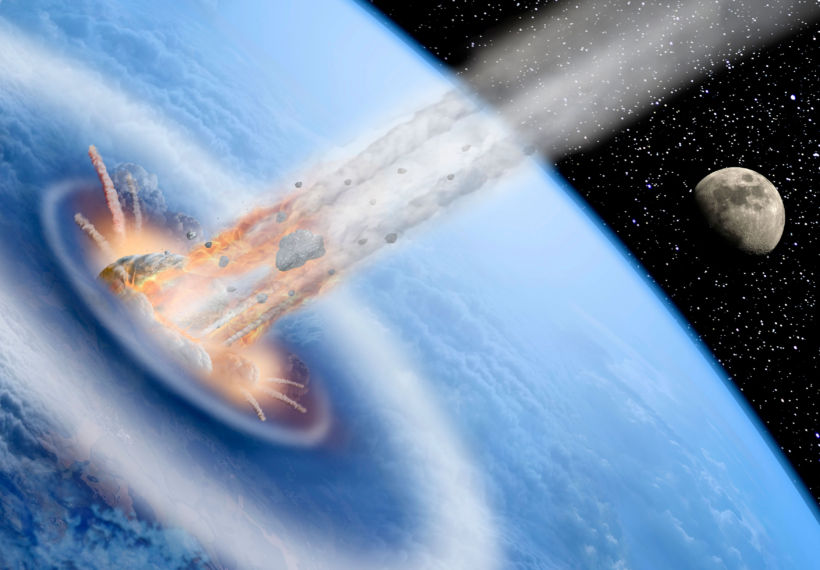About This Episode
It has been said jokingly that the dinosaurs might still be around if they had a space program. Humanity has numerous space programs, from NASA to ESA to JAXA to ISRO and more, but are we doing enough to ensure that we would escape the fate of the dinosaurs if an asteroid the size of Apophis was heading straight for us? With limited detection efforts like the Sentinel Mission, would we even know it was coming? Find out when Neil deGrasse Tyson interviews Apollo 9 astronaut Rusty Schweickart, co-founder of the B612 foundation, devoted to protecting Earth from asteroids. Explore deflection strategies and why geopolitics may be a more critical factor in their deployment than physics. Find out which is worse: an impact in the ocean, on the land, or an airburst like Tunguska or Chelyabinsk. You’ll learn what an impact is projected to cost, and why an actual deflection mission is such a bargain. In studio, Neil and co-host Eugene Mirman break down risk in terms of asteroid size and makeup: rocky vs. metal vs. a loose collection of rubble. Discover the “Deflection Dilemma” and whether any nation could use an asteroid to attack an enemy. Finally, you’ll hear what astronaut Franklin Chang Díaz’ revolutionary VASAMIR engine, the Association of Space Explorers, and The Little Prince by Antoine de Saint-Exupéry have to do with the creation of the B612 Foundation in 2002 by Schweickart, astronaut Ed Lu and astrophysicist Piet Hut.
NOTE: All-Access subscribers can listen to this entire episode commercial-free here: Protecting Earth from Asteroids.




 Unlock with Patreon
Unlock with Patreon


 Become a Patron
Become a Patron